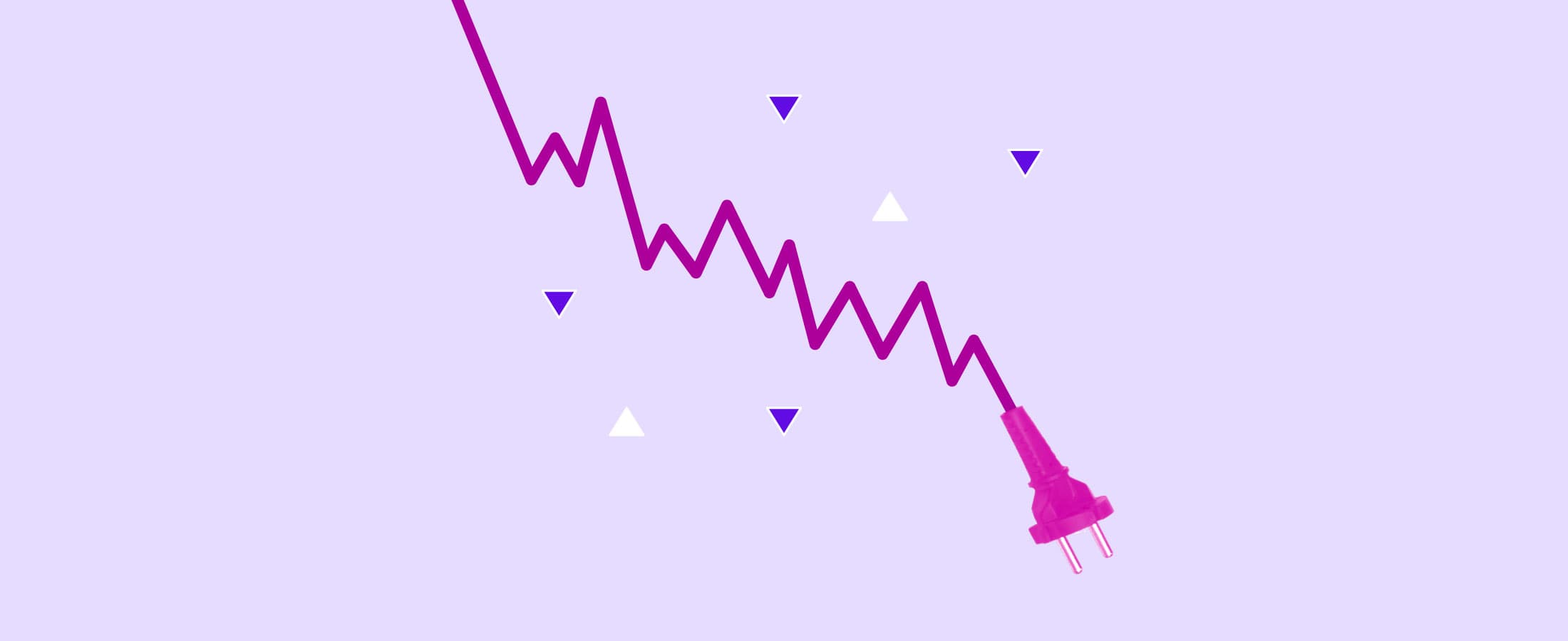Mar 16, 2020
What Does It Mean When Stock Trading Halts?
Markets have circuit-breakers that can prevent mass selloffs.

You may know about the circuit breakers in your home, which switch off when too much voltage flows through wiring.
But major markets have circuit-breakers too, which halt trading when indexes experience serious declines. The general idea is that an enforced stop to trading can inject calm into the markets, and prevent a further selloff. (You can find out more about market indexes here.)
In recent days, as markets have reacted to news of the coronavirus pandemic, circuit-breakers have been triggered multiple times. Here’s how they work.
When does the circuit breaker halt trading?
The circuit breakers put a stop to trading under three different circumstances.
A Level 1 halt occurs If the S&P 500 experiences a drop of 7% (before 3:25 p.m.) from the previous day’s closing price, the circuit breakers stop trading for 15 minutes. This kind of halt to trading is what happened on March 9th, and again on March 16.
A Level 2 stop to trading occurs when the S&P500 falls 13% before 3:25 p.m., again causing trading to halt for 15 minutes.
Finally, a Level 3 halt happens when the S&P 500 falls 20%. Trading is then stopped for the rest of the day, and it resumes the following day.
In the case of a national disaster such as the day following the terrorist attacks on the U.S. on September 11, 2001, trading might be halted to prevent a stock market crash.
Why is trading stopped sometimes?
The circuit breakers were created and first used after October 19, 1987, also known as Black Monday, when the S&P 500 fell 20%.
The circuit breakers are designed to prevent investors and traders from panic selling during times of volatility. The pauses in trading are designed as a way for traders to get their bearings in a volatile market.
How to handle a halt in trading
During times of market volatility, it’s important to keep following the Stash Way. The Stash Way means investing regularly and investing for the long-term, not just responding to short-term market news.
Stash does not recommend trying to time the market, or short-term trading.
No one knows with certainty whether markets will rise or fall, so it’s important to consider investing small amounts regularly, using a strategy called dollar-cost averaging. Auto-Stash can help you “set and forget” your investment strategy during uncertain market conditions.
The Stash Way also involves creating a diversified portfolio with a mix of stocks, bonds, and ETFs.

Investing made easy.
Start today with any dollar amount.
Related articles

financial-news
Apr 07, 2025
Investing During Volatile Times

financial-news
Apr 03, 2025
How to Stay the Course Through Tariffs and Turbulence

financial-news
May 15, 2024
Rebirth of the meme stock craze? 5 brutally honest reasons why you shouldn’t be buying, despite the hype

budgeting
Jan 09, 2024
9 ways to celebrate financial wellness month

financial-news
Nov 09, 2023
What is a Recession?

financial-news
May 15, 2023
The Stash Way: Invest Regularly
By using this website you agree to our Terms of Use and Privacy Policy. To begin investing on Stash, you must be approved from an account verification perspective and open a brokerage account.
